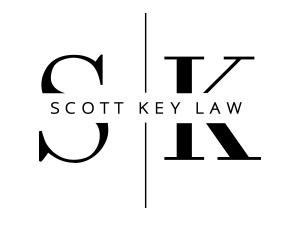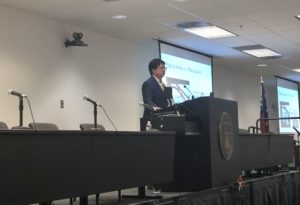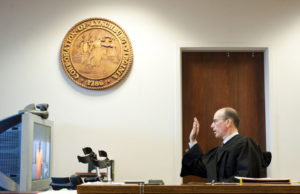Briefs, Bots, and Balance: A Lawyer’s Honest Take on AI
Let me start with a confession: I don’t know exactly what artificial intelligence is. And I definitely don’t know what it will be a month—or a year—from now. That kind of humility feels important to say at the outset. Because this post isn’t about predictions. It’s about how our firm is using AI today, and how that usage is evolving organically with practice, curiosity, and caution.
🚫 What AI Is Not Doing—for Now
For starters, AI isn’t writing our briefs.
Could it someday? Possibly. But right now, that’s not optimal for a few key reasons:
- Fictional citations are a real risk. Lawyers have gotten into trouble when AI-generated briefs included cases that don’t exist. A recent Georgia Court of Appeals case made that painfully clear.
- The source material is often subpar. AI draws from existing legal writing, and much of it isn’t great. So the output tends to reflect that mediocrity.
That’s why I still write the briefs myself. The act of writing builds strategic insight, sharpens my thinking, and prepares me for court in a way that AI simply can’t replicate. It’s not just about the final product—it’s about the cognitive lift.
✅ Where AI Is Pulling Its Weight
AI is far from idle. It’s become a powerful tool in several areas of my practice:
- Digesting the record. AI helps me achieve mastery over large volumes of case material.
- Decoding bad writing. When opposing counsel submits confusing or poorly written documents, tools like NotebookLM help me cut through the clutter and surface meaning.
- Big-picture comprehension. AI gives me a strategic overview of complex litigation records.
- Tone-tuning emails. While it’s not great at composing emails, it helps soften abrupt language and improve clarity.
- Strategic thinking. It’s a sounding board for brainstorming and bouncing ideas.
- Warmth and readability. It helps make my communication more human, without losing precision.
🛶 Small Firms, Big Advantage
One of the most exciting aspects of AI is how it empowers smaller firms to compete with larger ones. Nimble firms that embrace AI can steer around obstacles like a kayak in rapids, while rigid firms may struggle to pivot—like aircraft carriers trying to change course.
If you’re constantly learning how to use AI, you’ve got a bit of a superpower. And that superpower is only growing.
🔍 Key Takeaways
- AI isn’t writing my briefs—and that’s intentional. The cognitive work builds strategic insight and courtroom readiness.
- Legal writing quality matters. AI reflects the quality of its source material, which is often mediocre.
- AI shines in record digestion and comprehension. Especially when dealing with voluminous or confusing writing.
- Tone matters in communication. AI helps soften emails and improve clarity.
- Small firms have a strategic edge. Nimbleness and curiosity around AI can be a superpower.
- This is a snapshot, not a forecast. My approach to AI will evolve—and that’s part of the process.
🔗 Recommended Reading
To deepen the conversation, here are a few curated links that support the themes in this post:
- Legal AI Tools in 2025: What Works and What Doesn’t — A practical overview of current tools and their strengths.
- The Rise of AI in Legal Practice: Opportunities, Challenges, & Ethical Considerations — Includes examples of AI misuse and ethical concerns.
- NotebookLM for Legal Professionals — Highlights how Google’s tool helps digest voluminous records and poor writing.
- AI Tools for Lawyers: A Practical Guide – Bloomberg Law — Covers how AI is used for research, drafting, and strategy.

 At yesterday’s
At yesterday’s 



